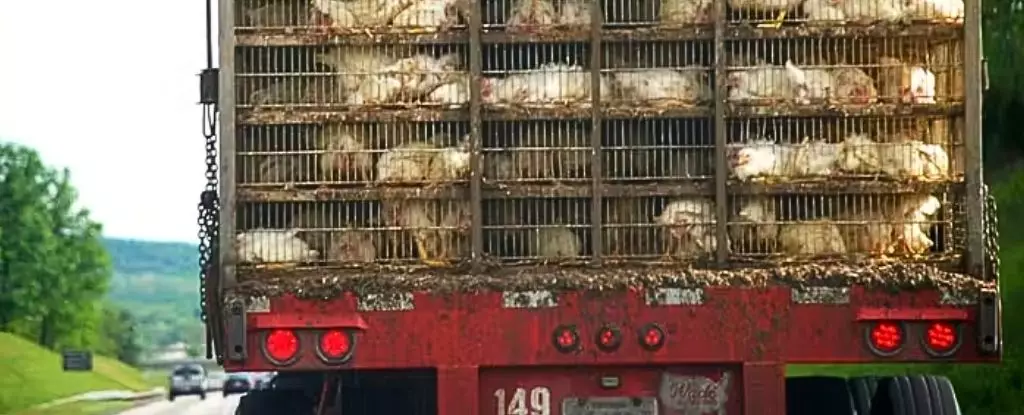Disease outbreaks may well mirror the whimsical nature of weather patterns—unpredictable yet visible on the horizon. Scientists, much like seasoned meteorologists, can discern the early signs of threats that emerge from our complex interactions with nature. The avian influenza virus, particularly the H5N1 subtype, looms ominously as a significant concern for global health. Despite its rare incidence in humans—over 900 cases since 2003 with nearly 50 percent mortality—its potential for widespread devastation cannot be overlooked. The stark reality is that its mortality rate starkly outpaces that of the infamous 1918 flu pandemic by a staggering factor of twenty. This is no mere academic concern; it is a genuine alarm bell signaling to humanity the urgent need for vigilance and preparedness.
The Anthropological Lens on Disease
As individuals deeply rooted in the field of anthropology and epidemiology, we recently ventured into uncharted territory with our book, “Emerging Infections: Three Epidemiological Transitions from Prehistory to the Present.” This work sheds light on how human behaviors have shaped the trajectory of infectious diseases across millennia, starting from their nascent emergence in the Neolithic period. Viewing the current H5N1 situation through this anthropological lens reveals a sobering pattern: viruses like H5N1 gradually spill over from animal reservoirs to humans, and we can influence this progression. It begs the question: how can we harness this knowledge to preempt catastrophic outcomes?
Spillover: An Intricate Dance of Evolution
The concept of spillover encapsulates the delicate interplay whereby a pathogen, originally adapted to one species, attempts to breach the barriers of another—humans, in this context. The evolutionary process demands the right “keys” to successfully enter new hosts and commandeer their cellular machinery. But the odds are stacked against the pathogen. The diversification that occurs among species means it may take countless mutations before a virus manages to infect a new host species effectively. At present, H5N1 lingers in this awkward phase of trying to make the crucial leap.
Notably, the sporadic human cases of H5N1 are tethered largely to poultry and dairy workers, suggesting that sustained exposure plays a critical role in premature outbreaks. The term “viral chatter” serves aptly to describe this ruptured silence—echoes of despair that could signal the onset of a larger pandemic. What we have today is a series of smoke signals, a haunting premonition of where we might be headed if we fail to act decisively.
The Evolutionary Jigsaw Puzzle
Influenza is notorious for its rapid evolution, particularly as different flu strains cohabit within a single host and engage in genetic shuffling. This propensity for genetic exchange is enhanced by the extensive range of host species infected by H5N1. With over 450 animal species in the mix, the viral chatter could soon crescendo into an outbreak of far graver consequences. The evidence suggests that there is little time to waste before individual cases give way to an epidemic—if not global pandemic—of the H5N1 strain.
Preventative Measures and Collective Responsibility
Amidst the shadow of uncertainty regarding H5N1’s trajectory, pathways for mitigation lie before us. We must focus on the agricultural practices that allow such viruses to proliferate. With the weight of domesticated poultry surpassing that of wild birds, it isn’t surprising that H5N1 outbreaks align more closely with intensive animal farming rather than natural migration patterns. Consequently, the call for reform in industrial agricultural practices is imperative.
Simultaneously, individual actions should not be overlooked. Vaccination remains a potent tool—not only against seasonal strains but also as a means to prevent the emergence of new, harmful permutations that could arise from mixing human and avian influenza viruses. Beyond individual action, there is a broader societal responsibility. Improving nutrition and sanitation within economically disadvantaged regions is critical; transformed public health infrastructure will not only bolster community resilience but also mitigate the risk of viral spillover becoming a widespread threat.
Our Interconnected Future
As we reflect on over 10,000 years of human interaction with infectious diseases, it becomes clear that we are not mere bystanders in this ongoing saga. Quite the opposite—we have the power to shape these narratives for the better. The constant dialogue between human behavior and virus evolution does not have to end in catastrophe. Instead, with our knowledge of the past and our lessons from history, we can steer this delicate balance toward a future where we live in harmony with, rather than in fear of, the viruses that share our world.



Leave a Reply